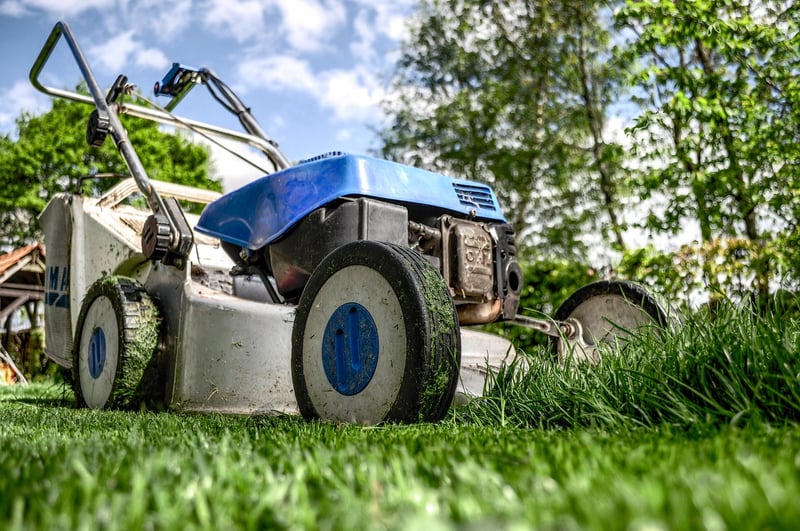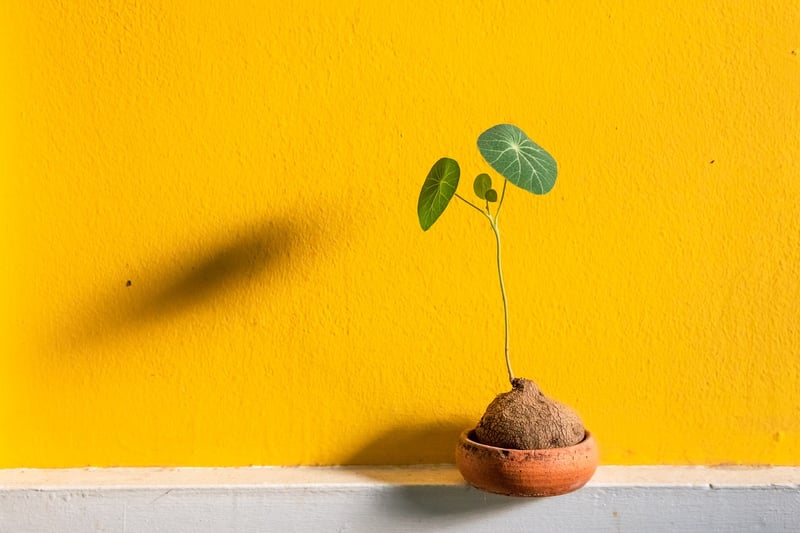Growing Conditions
Choosing Seeds and Planning Your Garden
Starting a garden is an exciting venture that can bring you joy and fresh produce. To begin, selecting the right seeds is crucial for a successful garden. Here are some tips to help you choose the best seeds and plan your garden effectively:
1. Determine Your Garden Space
Before buying seeds, assess the space you have available for your garden. Consider factors like sunlight exposure, soil quality, and available water sources.
2. Choose Suitable Plants
Select plants that are well-suited to your region's climate. Consider vegetables, herbs, or flowers that thrive in your area.
3. Read Seed Packets
When buying seeds, read the information on the seed packets carefully. Look for details on planting depth, spacing requirements, and ideal growing conditions.
4. Plan Your Layout
Sketch a layout of your garden, considering the spacing needs of each plant. Group together plants with similar water and sunlight requirements.
5. Start Seeds Indoors
Some plants benefit from starting indoors before transferring them outside. Follow the instructions on the seed packets for the best results.
Growing Conditions for a Thriving Garden
1. Sunlight
Most plants require at least 6-8 hours of sunlight daily. Ensure your garden is placed in a sunny spot to promote healthy growth.
2. Soil Quality
Use nutrient-rich soil for your garden. Consider adding compost or organic matter to improve soil structure and fertility.
3. Watering
Establish a consistent watering schedule for your plants. Avoid overwatering or underwatering by checking the soil moisture regularly.
4. Pest Control
Monitor your garden for pests and diseases. Use organic pest control methods when possible to protect your plants and the environment.
5. Mulching
Apply a layer of mulch around your plants to retain moisture, suppress weeds, and regulate soil temperature.

By selecting the right seeds and providing optimal growing conditions, you can enjoy a bountiful and beautiful garden. Happy gardening!
For more information and tips on gardening, visit Royal Horticultural Society - Grow Your Own
